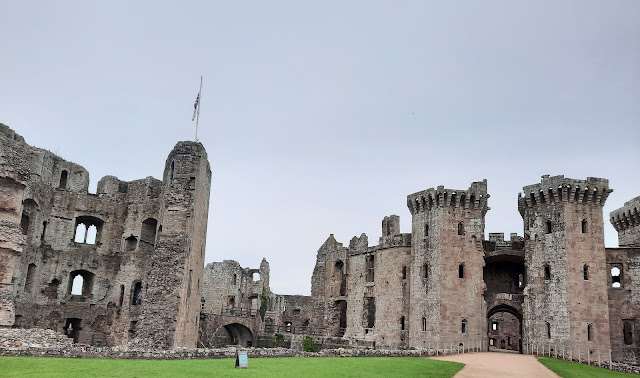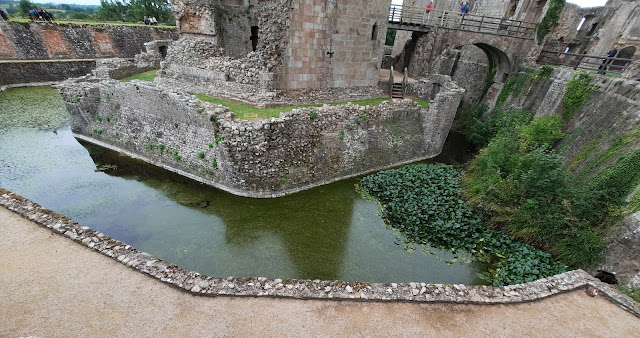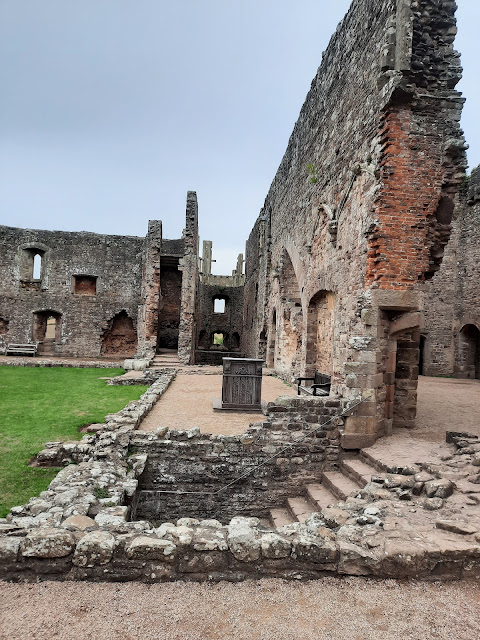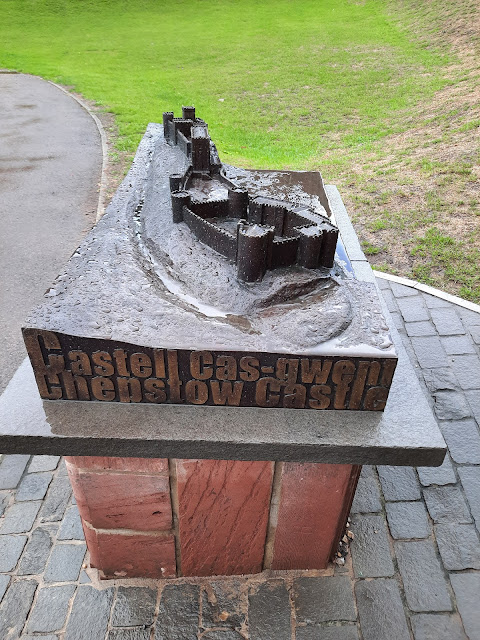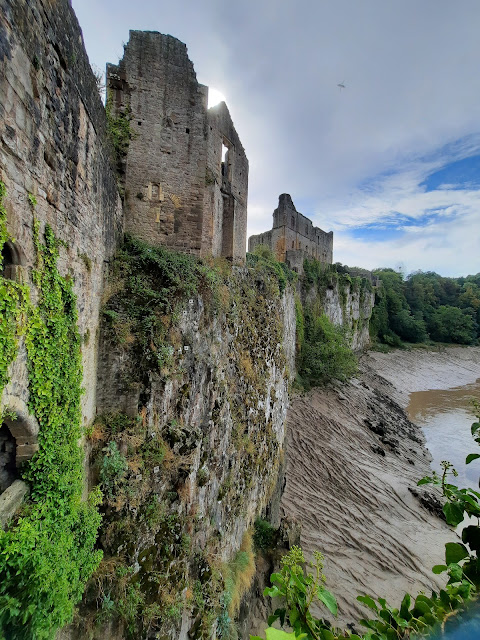On our travels from Calais to our holiday stay in Port-en-Bessin-Hauppin we crossed, and stayed a while, at Pegasus Bridge.
The original bridge (second photo) is now in the museum, we saw the original bridge from the road as we didn't have time for a visit. Next to the existing bridge is the memorial to the men who landed in the gliders, each glider has a memorial stone at its landing point.
It's quite a moving place, it's incredible how the gliders landed - wikipedia details.
On 6 June 1944, during the Second World War, the bridge was the objective of members of D Company, 2nd (Airborne) Battalion, Oxfordshire and Buckinghamshire Light Infantry. A glider-borne force who were part of the 6th Airlanding Brigade of the 6th Airborne Division during Operation Tonga in the opening minutes of the Allied invasion of Normandy.
Under the command of Major John Howard, D Company was to land close by the bridges in six Airspeed Horsa gliders and, in a coup-de-main operation, take both intact and hold them until relieved by the main British invasion forces. The successful capture of the bridges played an important role in limiting the effectiveness of a German counter-attack in the aftermath of the Normandy invasion.
Later in 1944, the Bénouville Bridge was renamed Pegasus Bridge in honour of the operation. The name is derived from the shoulder emblem worn by British airborne forces.
We also visited the British Normandy Memorial at Vers-sur-Mer. Having seen many news items about the various D-Day memorials and especially Harry Billinge's MBE tireless campaign to honour those who did not return. He passed away earlier this year aged 96 having raised over £50,000.
Harry's words when on BBC Breakfast touched so many and standing at the Memorial they filled my thoughts and certainly brought a tear to my eye...
'I'm no hero, I was lucky, I'm here. All the heroes are dead and I'll never forget them'
It was such a peaceful location, on a cliff top looking out across the English Channel. The British Normandy Memorial records the names of the 22,442 servicemen and servicewomen under British command who fell on D-Day and during the battle of Normandy in the summer of 1944.
Their names are inscribed in stone along with their age and rank, they are from more than 30 different countries. The site also includes a French Memorial which is dedicated to the memory of French civilians who died during this time.
The British Normandy Memorial was opened on 6th June 2021, 77 years on from the D-Day invasion.
The structure of the memorial is breathtaking, each column engraved on all four sides. I made sure I walked past each column to pay respect to each one, it was a shock to discover the oldest age I noticed was 55, younger than I am now.
It was also a shock to not only read my maiden name but to see my actual name, although I have no idea who C Mellor was.
They died so that Europe may be free










